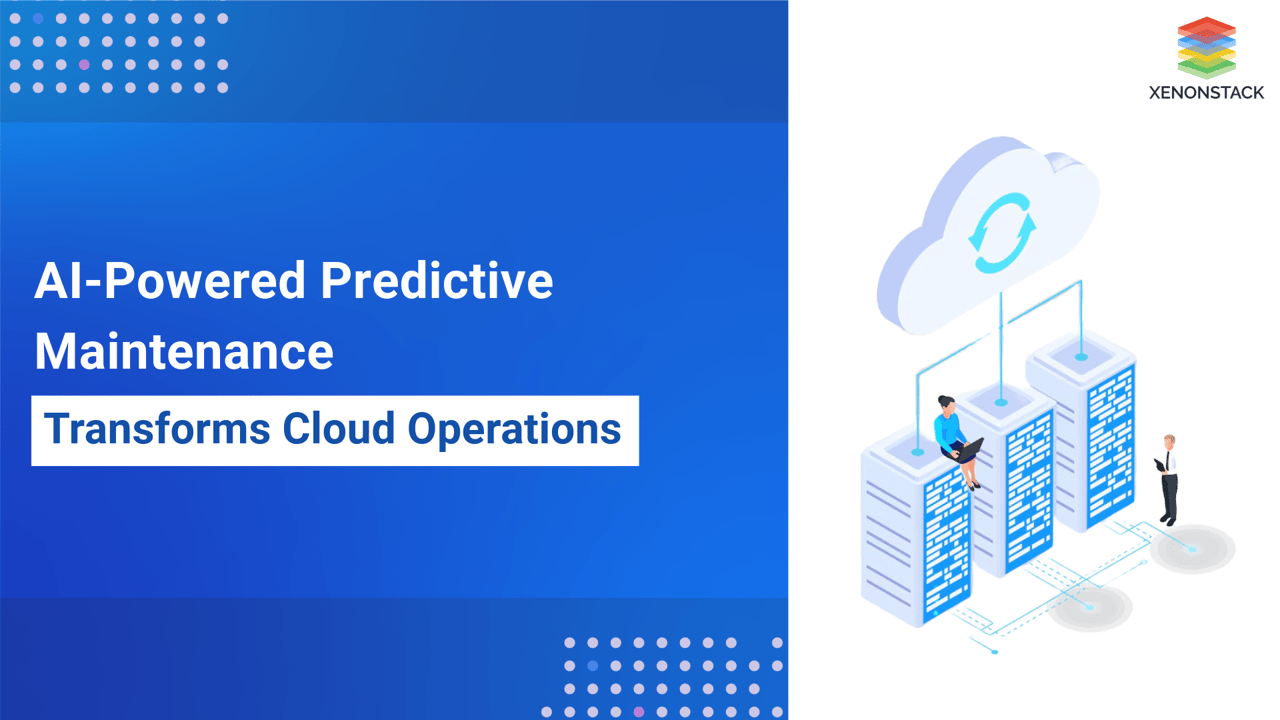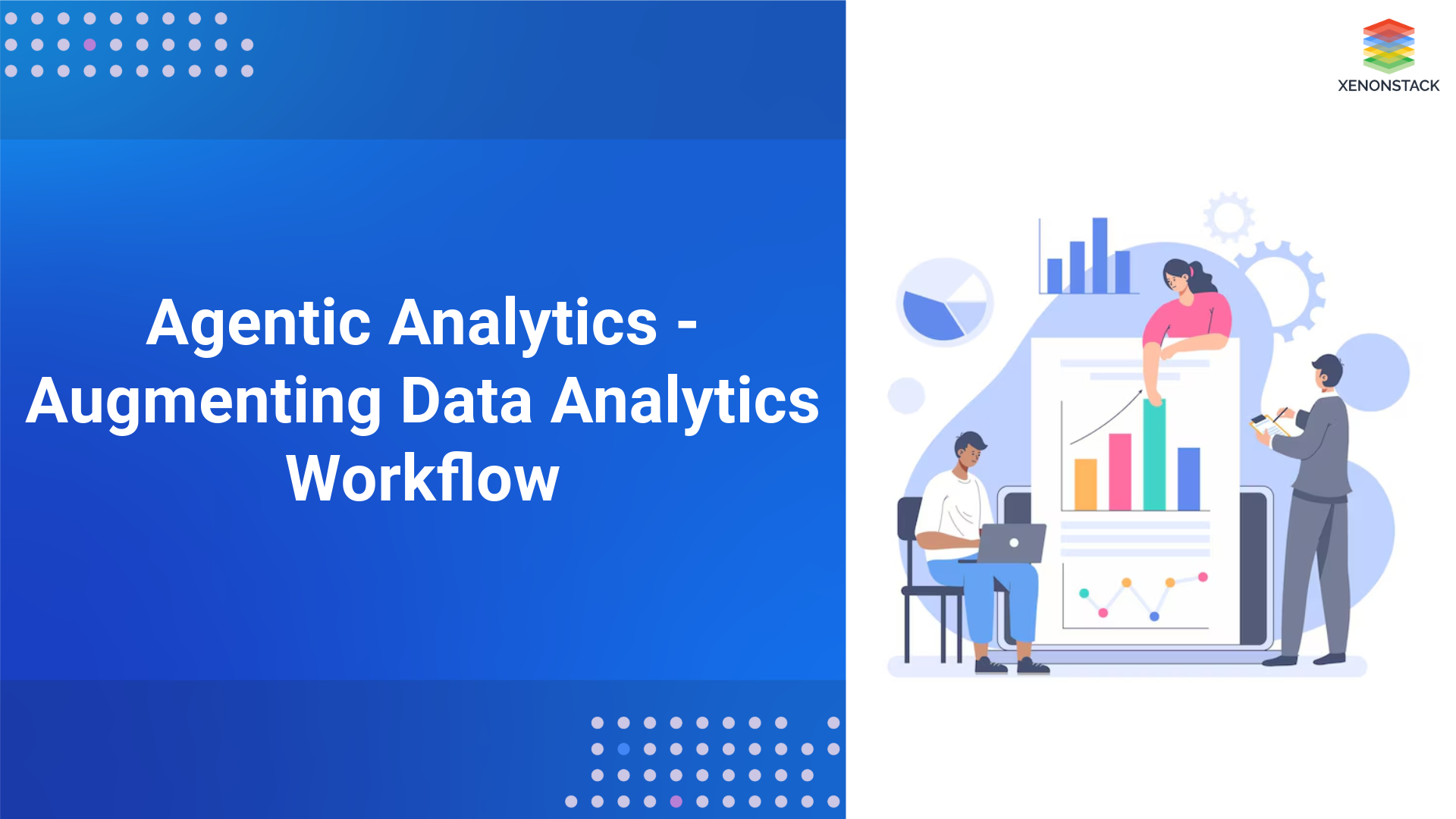
Model Training
Once again, we suggest training your chosen models on past scenarios. However, model training should be performed considering circumstances that are very close to the real operation.
- Implementing Real-Time Monitoring
In simple terms, predictive monitoring relies on having access to relevant information and details at all times to enable captions and alarm systems. Thus, depending on the expectation set for the system's performance being observed, alerts are generated in case any performance metrics go off the scale.
Tools and Technologies
Apart from the above, consider using some of the below cloud-based monitoring tools:
- Amazon CloudWatch
- Azure Monitor
- Google Cloud Operations Suite
These monitoring tools can help provide up-to-the-minute information and even send alerts when specific limit settings are reached.
- Establishing an Alert and Response System
Implement a system to inform relevant parties of dangerous events. When creating this system, they should also consider the following:
-
Severity Levels: Make a clear distinction between critical notifications and critical non-notifications.
-
Automated Notifications: Use different means of communication like emails, text messages and Slack, among other means.
-
Actionable Insights: Every alert must be given the insight to respond on how to act, for example, by giving instructions.
- Continuous Learning and Improvement
The life of an AI model begins with its use and ends with the process. Such systems are not fixed and require continuous enhancement to be reintroduced smoothly into the service. Therefore, means to fill in the gaps should be developed, for example:
-
Post-Incident Review: Review the systems in use by focusing on what happened to improve existing models and enhance their predictions.
-
Periodic Model Upgrading: Change values predicted by the model at certain periods while adding other factors to increase the model's accuracy.
- Managing Change and Training Employees
The application of advanced predictive maintenance powered by AI entails some level of change in the social and managerial structure of the organization. Such aspects involve but are not limited to:
-
Training Strategies: Training your personnel to operate advanced predictive maintenance systems.
-
Organizational Politics: Mind the actors of the process as the actors for better support and collaboration input.
-
Success Evaluation
Establishing key performance indicators (KPIs) will enable one to determine the results of the predictive maintenance model that has been put in place. It is reasonable to observe:
-
Reduction of Downtimes: Evaluating the levels of unplanned downtime before and after the system is introduced.
-
Savings Achieved: Provide figures on the savings resulting from reduced repair and maintenance costs.
-
Performance of the System: Trace how such advancements affect the system's and user's performance.
Use Cases for Maintenance
Use Case 1: Ubiquitous Computing Service Provider
-
Enterprise: One of the prominent corporations that provides cloud services and critical business hosting applications.
-
Problem: The organisation experienced many downtimes caused by hardware failures, and it needed to find a solution for predicting part failures.
-
Approach: Established a system for predictive maintenance that leverages artificial intelligence, which looked at the state of hardware sensors, history and usage.
-
Results: The system could predict when the hardware would fail with 75% accuracy, resulting in a 40% reduction in unplanned downtimes. The predictions made it possible to replace the components on time, thereby enhancing the quality and reliability of service provided and the satisfaction of the customers.
Use Case 2: Online Shopping Site
-
Enterprise: The largest omnichannel retail offering a global reach.
-
Problem: The system consistently degraded performance in Motern and even worse during Peak season, resulting in losses as sales could not be made.
-
Resolution: Phytomonitoring server performance rates using machine learning has been undertaken by providing predictive analytics for capacity management ahead of the loads.
-
Outcome: Since periods of peak loads were predicted so that the resources could be scaled up before pots got worse, response times in the platform decreased by 30% during peak times, translating to 20% more sales during such high-traffic events.
Use Case 3: The Financial Services
-
Enterprise: A large global bank providing cloud solutions to customers.
-
Problem: Meeting compliance and maintaining operational integrity were paramount. However, they faced difficulties associated with system downtime that jeopardized service level agreements.
-
Resolution: A proactive maintenance platform was implemented to monitor transaction processing systems for unusual activities and diagnose problems before they occur.
-
Results: The bank cut system downtimes by half, increased compliance, and, as a result, could work within the regulatory confines and maintain its customers' confidence.
Best Practices for AI Maintenance
To realize the full potential of this predictive maintenance strategy, consider the following recommendations:
-
Scale Up Rather than Understate
It's best to start from the perimeter, considering the completion of the particular system or process of interest. This provides an opportunity to test the hypothesis and refine it before applying it to wider operations.
-
Pay Attention to the Quality of Data Over Everything Else
Predictive maintenance relies on available data and, hence, needs quality data provision. High-quality data must be ensured by ensuring that equipment and processes are implemented.
-
Develop and Encourage a Data-centric Attitude
Emphasize and embed data-driven decision-making processes throughout the levels of the organisation. This will also assist in garnering support for initiatives concerning predictive maintenance.
- Get it from the Horse’s Mouth
You may need to work with AI /ML consultants who understand how the industry's best practices work.
- Future AI Technologies And Methods.
AI is one of the fastest-growing technological fields. It is important to know the latest tools, approaches, or even methods that will work best for the maintenance prediction strategy.
Challenges and Considerations
Despite all the advantages AI-influenced predictive maintenance may offer, it is important that organisations recognize possible limitations:
-
Information Privacy and Safety: Stress the need to adhere to data protection policies and protect sensitive data.
-
Fear of Change: Some employees may oppose the adoption of advanced equipment and processes.
-
Challenges with Deployment: The new AIs may be difficult to implement into the company's existing infrastructure, costing a lot of time and resources.
Final Remarks
The evolution of cloud operations from traditional approaches to a learning system utilizing AI to do predictive maintenance on the cloud is a journey worth taking. It has many benefits, such as cost efficiency and quality service. Organisations can use data analysis with effective machine learning for problem anticipation and resolution, thus facilitating the maintenance and operations of cloud services.
Through the application of predictive maintenance enhanced by AI, companies may realize that it is no longer an option but a necessity as they seek to remain in business in the ever-innovative and digitized market. Utilizing the strategies and tips explained above, they can transform the cloud operation strategy into a more dependable, more efficient, and less expensive one.


-1.png?width=512&height=512&name=salary%20(1)-1.png)

.png?width=512&height=512&name=resource%20(1).png)




